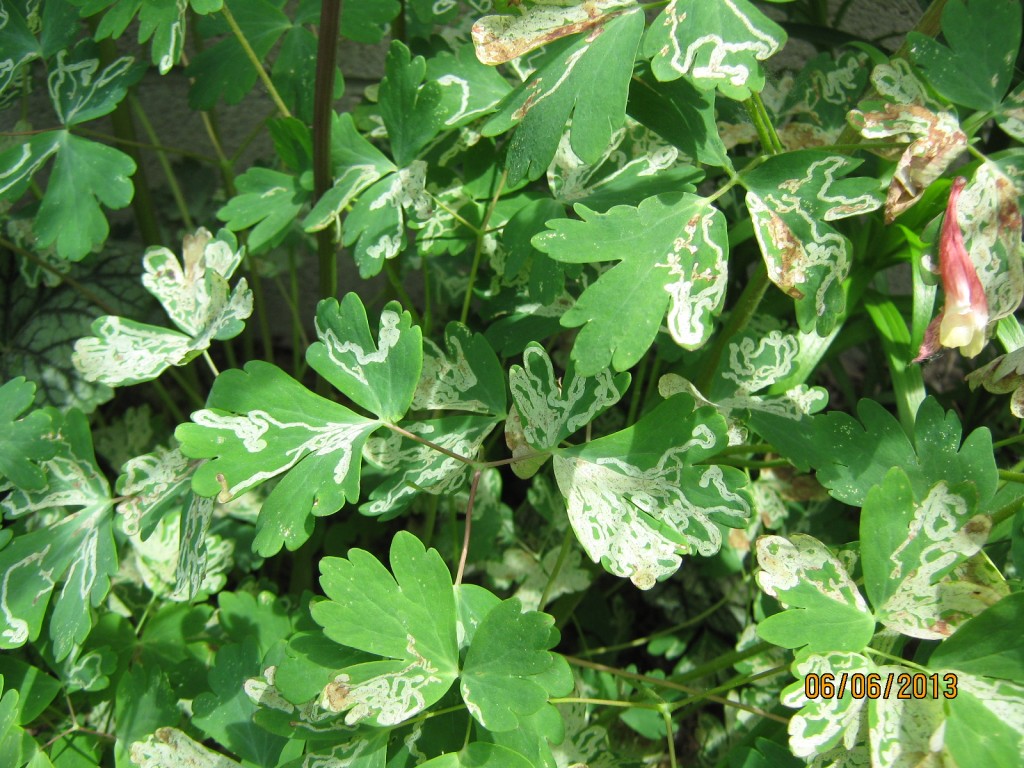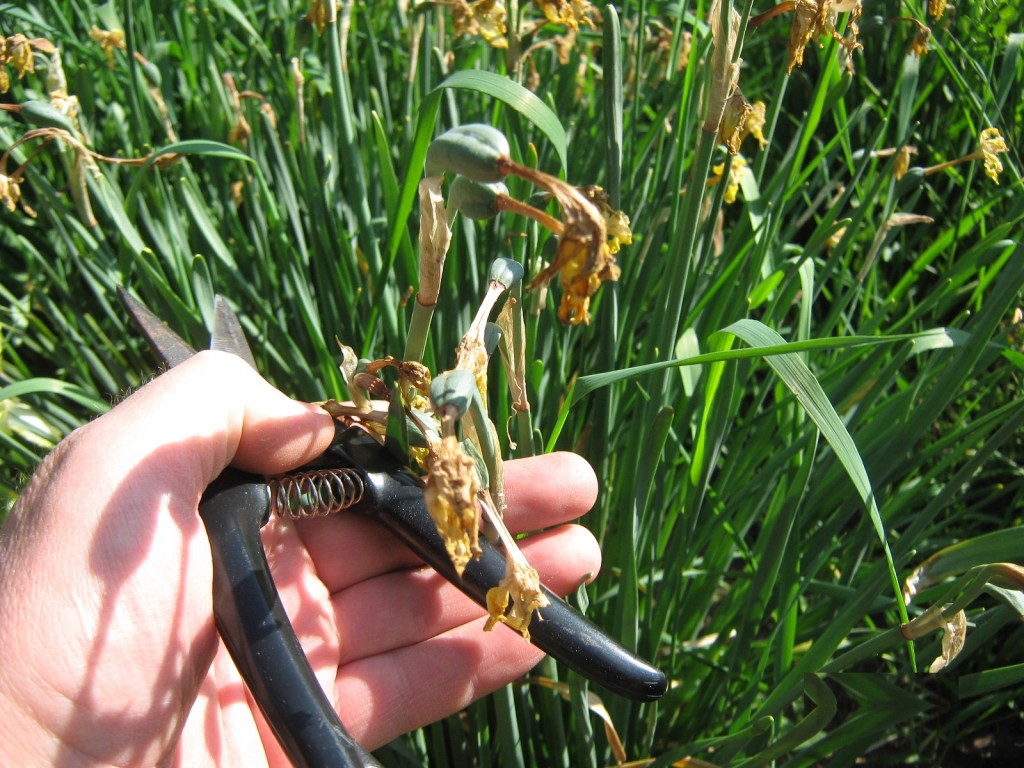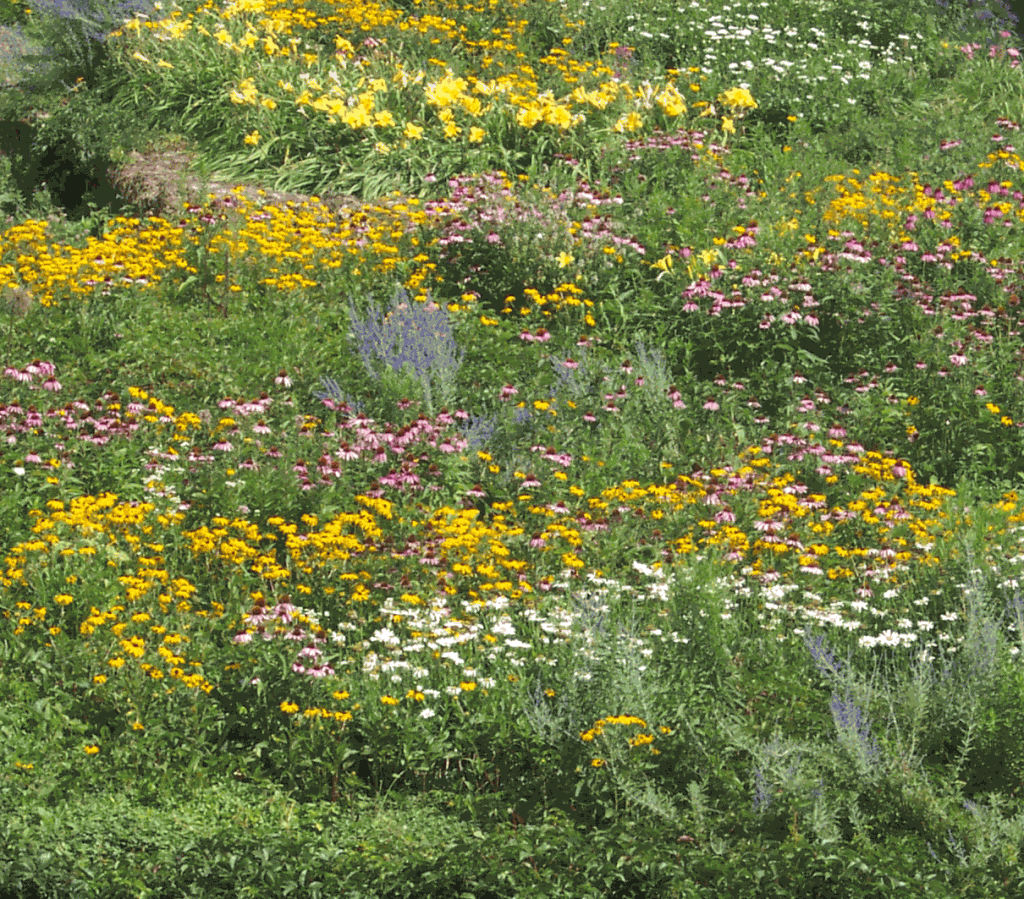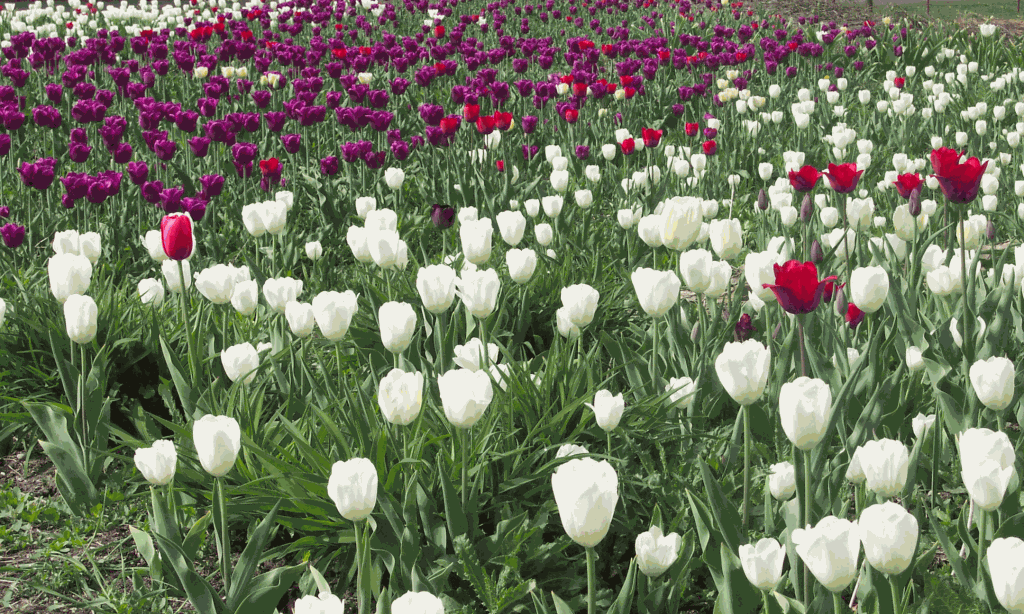Aquilegia — or columbine — is one of the easiest flowers to grow. It is a perennial that also produces viable seeds. Therefore, it can re-seed itself.
Basically, once you get it established in your garden, it pretty much takes care of itself and comes up year after year.
They do have their own set of problems, however. The most common pest you are likely to see is the columbine leaf miner.
The leaf miner is the larval stage of a fly that attacks the leaves of the columbine. It hatches from an egg laid by a female fly. The larva feeds by burrowing between the top and bottom surfaces of the leaf chewing tunnels as it goes along. This mining of the leaf is how it gets its name.
Because the miner lives inside the leaf, it is protected from most insecticides. Fortunately, even though the leaves can look quite bad, the leaf miner doesn’t seriously hurt the plant.
There are several generations of leaf miners each season. Spraying insecticides doesn’t help the problem and can actually make matters worse by killing off the leaf miners natural enemies.
The best way to minimize the damage is to pick off and destroy any damage leaves as they appear. Then, in the fall take out all of the old leaves and tops and get rid of those too.
In my case, too many leaves have miners in them — I’m guessing well over 80 percent. Since the plants are not showing any signs of weakening, I ‘ll just let them go until fall.
Bob



